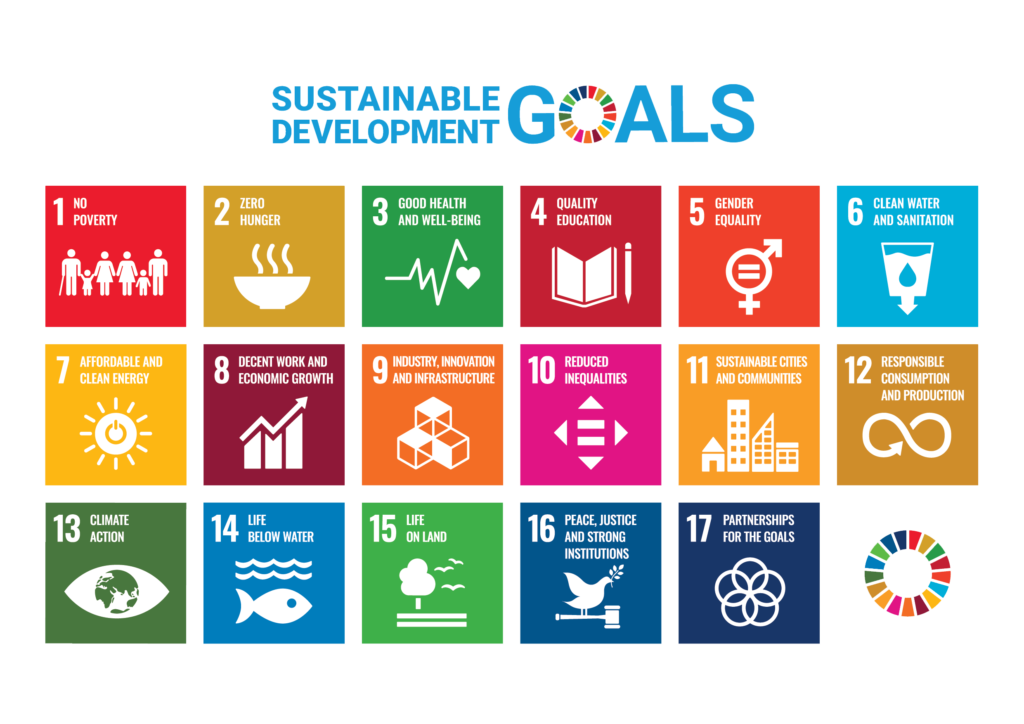Introduction
Over the previous two decades innovative teaching and learning has become a crucial part of education policy discussions across the world. Existing research reports suggest that more enquiry-based, practical initiatives as well as cross-sectorial partnerships are needed to empower teachers and schools to achieve the contemporary learning goals by using cutting-edge technology tools in and beyond classrooms.
With the headline, ‘STEM learning through the use of IoT and big data’, the objective of IoT for Education is to engage school across the globe in a multi-regional network that provides a platform for teachers & students to teach and learn in an innovative and creative way about Internet of Things (IoT) and big data.
While providing access to the relevant technology, the initiative will engage both teachers and students in technology development and in understanding how technology can be used to address real-world problems and challenges. A particular focus is set on climate change and the weather environment. A data driven world is becoming more and more apparent, education must recognise this and act in way that inspires and prepares the next generation for the future job market, whilst ensuring they understand it is essential to establish a more sustainable world.
Introduction
Over the previous two decades innovative teaching and learning has become a crucial part of education policy discussions across the world. Existing research reports suggest that more enquiry-based, practical initiatives as well as cross-sectorial partnerships are needed to empower teachers and schools to achieve the contemporary learning goals by using cutting-edge technology tools in and beyond classrooms.
With the headline, ‘STEM learning through the use of IoT and big data’, the objective of IoT for Education is to engage school across the globe in a multi-regional network that provides a platform for teachers & students to teach and learn in an innovative and creative way about Internet of Things (IoT) and big data.
While providing access to the relevant technology, the initiative will engage both teachers and students in technology development and in understanding how technology can be used to address real-world problems and challenges. A particular focus is set on climate change and the weather environment. A data driven world is becoming more and more apparent, education must recognise this and act in way that inspires and prepares the next generation for the future job market, whilst ensuring they understand it is essential to establish a more sustainable world.
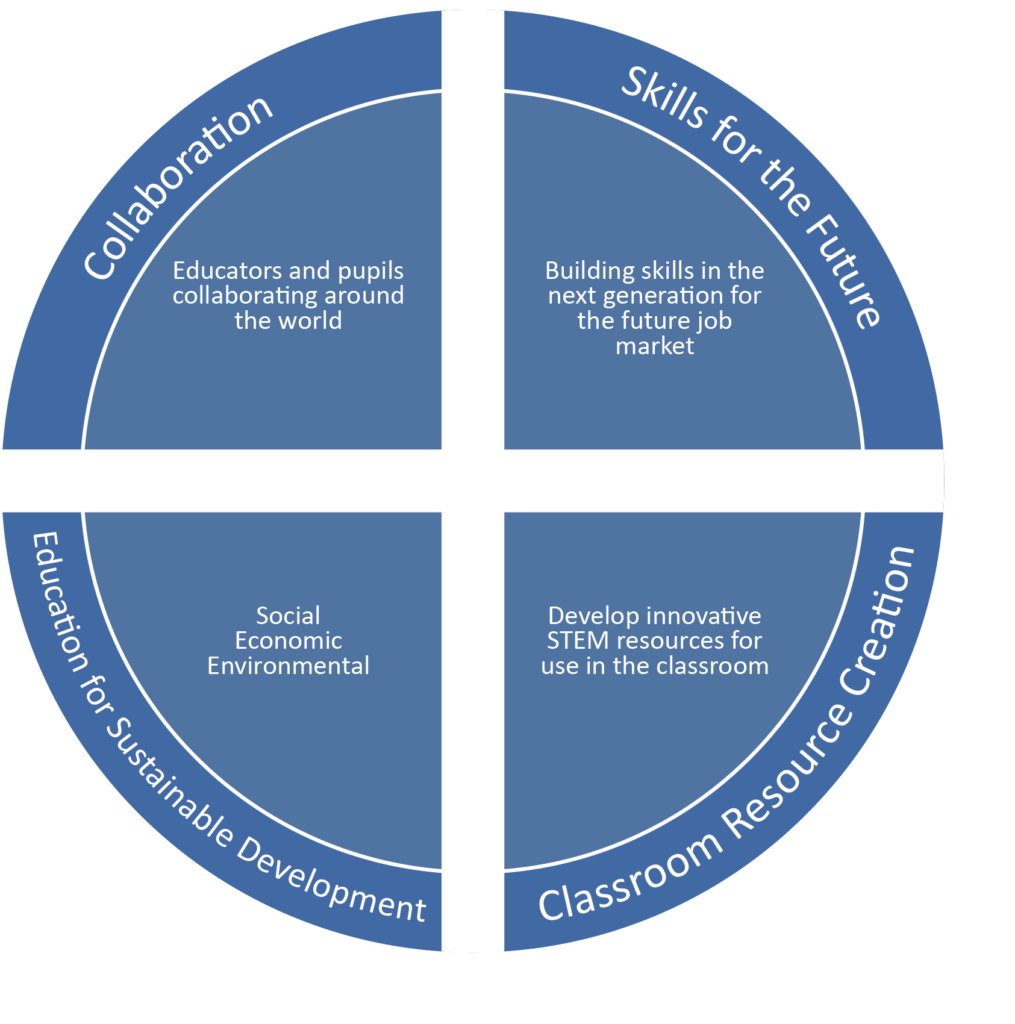
Objectives
The underlying objective as outlined in the introduction is to engage schools in an innovative and creative network of teaching and learning concepts with IoT and Big Data. To achieve this objective, the core structure is broken down into four dimensions: Collaboration, Skills for the Future, Classroom Resource Creation, and Education for Sustainable Development (ESD). These dimensions combine throughout the project to achieve the objective.
Each dimension plays a critical role in the future of education. Collaboration between educators and pupils around the world has been enabled by new meeting and social platforms. Both are now empowered to learn from their peers and address differences between educational systems on different continents.
It is widely publicised, a high percentage of job roles in 20 years time do not exist yet, with the skills required for these job roles lacking in the current workforce. It is therefore essential, future generations are skilled for requirements of this future job market. To generate these skills an array of innovative classroom resources needs to be created and implemented.
Educating pupils on sustainable development is crucial to creating a sustainable world. The three pillars of sustainable development are social, economic, and environmental, all of which the initiative hopes to address throughout.
Classroom Content Creation
All teachers should participate in a teacher ideation module to understand how to use the online tools and the power the initiative can bring to their classrooms. Once completed it is time to begin content creation of innovative lesson resources. This innovation and creativity is led by the educators, ensuring the content is applicable and structured appropriately for pupils of varying ages.
Educators are encouraged to utilise data from all IoT device types available on the IoT Exploratory platform. This opens the door to comparisons between external and internal environmental data analyse, as well giving the educators more flexibility with their content creation.
It is recommended teachers work in a collaborative nature with each other as they develop their lesson content. This could mean teachers not only from the same school but maybe from other countries. They are encouraged to work as a team, sharing ideas, methodologies, and implementation plans, with the objective to enhance the learning of their students and ensure their readiness for the future job market.
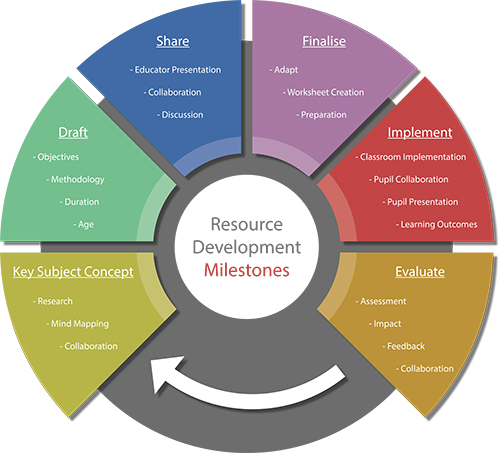
Creation of successful resources for the classroom require key tasks to be completed. Firstly, educators need to understand the technology they are trying to implement within the lesson. This is covered in the IoT Exploratory ideation module. On completion, the educators will be in a strong position to begin creating lesson resources utilising the IoT technology.
Throughout, educators should work to 6 milestones when developing and implementing their lesson resources.
Classroom Content Creation
All teachers should participate in a teacher ideation module to understand how to use the online tools and the power the initiative can bring to their classrooms. Once completed it is time to begin content creation of innovative lesson resources. This innovation and creativity is led by the educators, ensuring the content is applicable and structured appropriately for pupils of varying ages.
Educators are encouraged to utilise data from all IoT device types available on the IoT Exploratory platform. This opens the door to comparisons between external and internal environmental data analyse, as well giving the educators more flexibility with their content creation.
It is recommended teachers work in a collaborative nature with each other as they develop their lesson content. This could mean teachers not only from the same school but maybe from other countries. They are encouraged to work as a team, sharing ideas, methodologies, and implementation plans, with the objective to enhance the learning of their students and ensure their readiness for the future job market.
Creation of successful resources for the classroom require key tasks to be completed. Firstly, educators need to understand the technology they are trying to implement within the lesson. This is covered in the IoT Exploratory ideation module. On completion, the educators will be in a strong position to begin creating lesson resources utilising the IoT technology.
Throughout, educators should work to 6 milestones when developing and implementing their lesson resources.

How to Get Involved
Its easy to get involved and begin using IoT technology and big data in your classroom. Here are the 5 steps you need to take:
4. Begin creating innovative lesson content for your classroom.
5. Share with the IoT for Education community.
Keep in Touch
Keep up to date with new IoT Exploratory features and devices, training sessions, other news and events.
